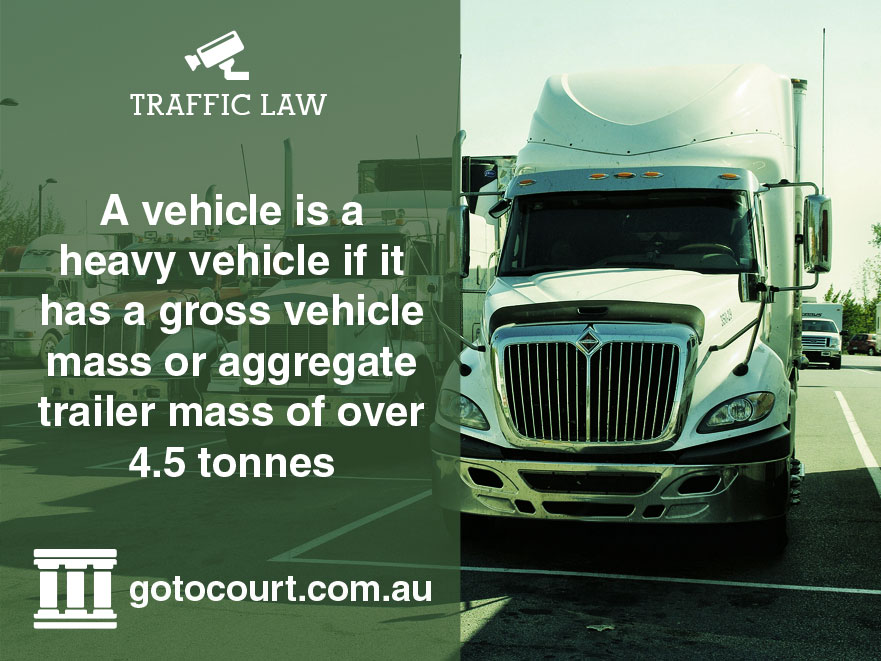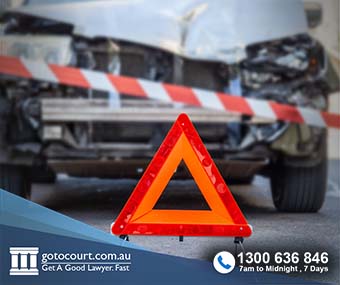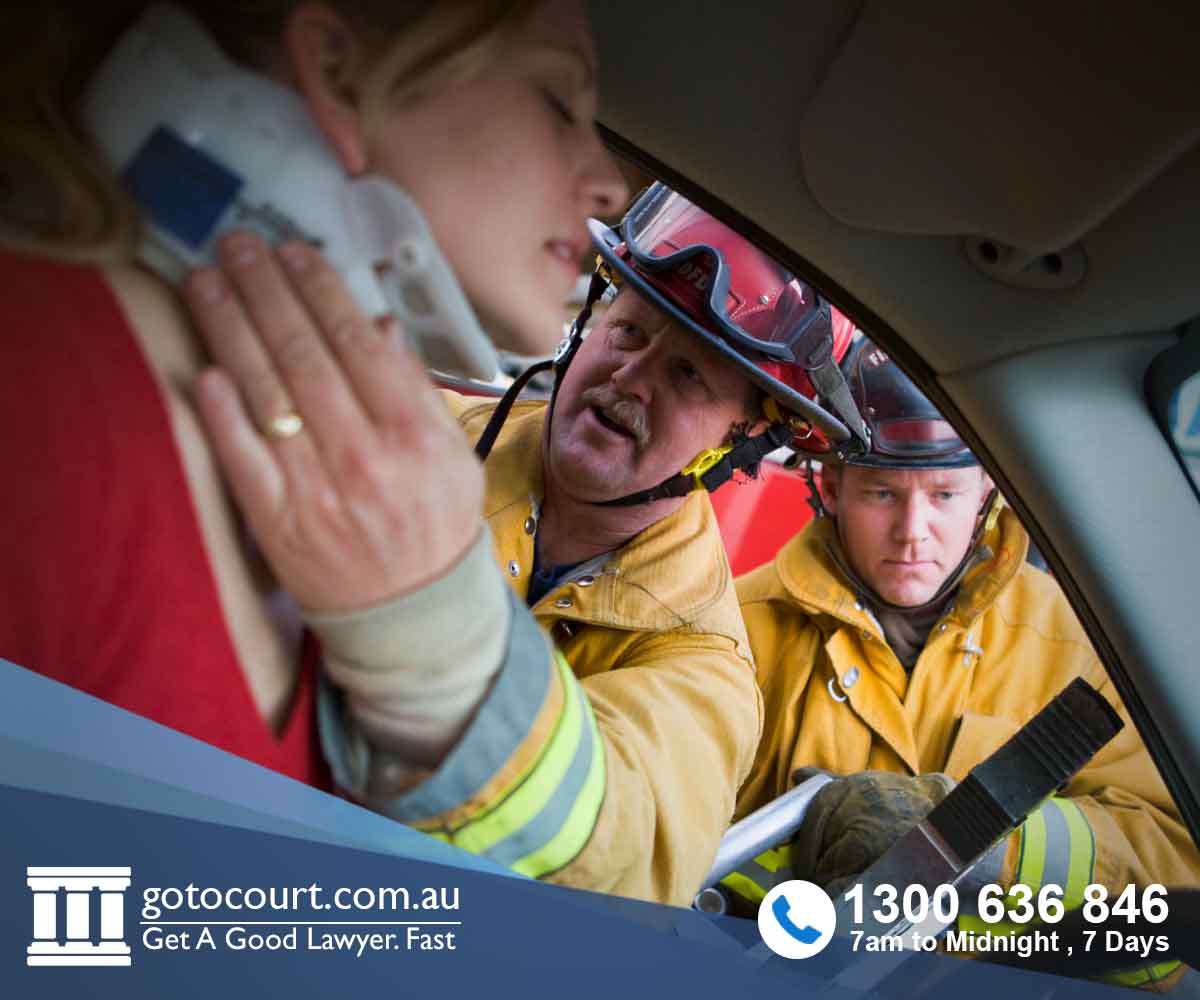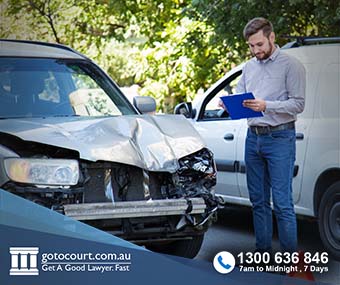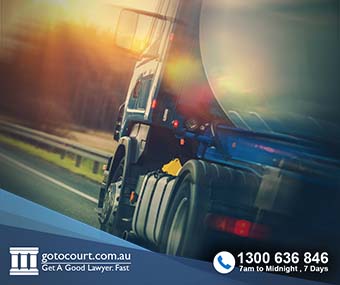Heavy Vehicle Traffic Offences in South Australia
The Heavy Vehicle National Law (HVNL) and Regulations commenced in South Australia in February 2014 and it now applies in the majority of states and territories. It replaced the existing state and territory laws with a single heavy vehicle national rulebook. It set up the National Heavy Vehicle Regulator (NHVR) to oversee the law. With some exceptions, a vehicle is a heavy vehicle if it has a GVM (gross vehicle mass) or ATM (aggregate trailer mass) of over 4.5 tonnes. These laws apply to every person in the chain of responsibility for the vehicle. A person who is charged with heavy vehicle traffic offences in South Australia as a result of being in the chain of responsibility may be able to rely on a reasonable steps defence.
Any vehicle, or any combination of vehicles, or a bus with a GVM over 8 tonnes which has 3 or more axles is a fatigue regulated heavy vehicle (with some exceptions). The drivers of these vehicles must comply with the driver fatigue laws. The laws fall within the chain of responsibility regime and people other than the driver may be charged with an offence. Everyone in the chain of responsibility must take all reasonable steps to help make sure that a person does not drive when they are fatigued. An individual’s obligations will depend on their role in the chain. It is possible to be guilty of an offence even if no one ultimately drove while fatigued.
The work and rest hour offences are divided into 4 categories – minor, substantial, major and critical risk. These offences all carry heavy fines and major risk and critical risk breaches also carry demerit points. The categories are calculated on the minutes that a person works on top of their allowable work or rest hours. Unless they have an exemption all drivers must record their work and rest hours in a work diary if they drive 100 km or more from their home base or work under basic fatigue management or advanced fatigue management.
If a driver is charged with a work/rest offence, they may be able to defend the charge if they can prove that they did take enough breaks, or that they did not either feel or act fatigued, or if they show another reason that explains their manner of driving. A person in the chain of responsibility charged with one of these offences may be able to use the reasonable steps defence
Under the HVNL, proper records must be kept for drivers of a fatigue regulated heavy vehicle. Responsibility for keeping records may be with the employer, accredited operator, or the driver, depending on the driver’s employment status. The records must be kept for three years and must be available for inspection when required.
If a heavy vehicle is overloaded, the penalty is calculated on the percentage that the load is over the allowable weight and takes into consideration whether the person charged is an individual or body corporate; and whether this is a first or a repeat offence.
- A minor risk breach is breach up to 5% above the allowable weight.
- A substantial risk breach is breach between 5% and 20% above the allowable weight.
- A severe risk breach is one that is above 20% over the allowable weight. The penalty will increase with each percent that the load is over 20% of the allowable weight.
Any person in the chain of responsibility can be charged with an overloading offence. If a person in the chain is charged, they may be able to rely on the reasonable steps defence.
Everyone in the chain of responsibility must take some action to ensure that the driver complies with speed limits at all times. This may include measures such as ensuring that their work practices do not cause or contribute to a driver speeding. It is a serious offence for anyone to request the driver of a heavy vehicle to exceed the speed limit. If a speeding offence is committed by a driver, their employer, contractor or operator will also be considered to have committed an offence. If a person is charged with a speeding offence as a result of their position in the chain of responsibility they may be able to rely on the reasonable steps defence.
A penalty table for offences under the HVNL is provided by the Regulator. The penalties that may be imposed include;
- Formal warnings – these can be given if the person charged took all reasonable steps to prevent a breach of the law and they were not aware that a law had been breached. A warning can’t be given if the charge is for a substantial or severe risk breach of a mass, dimension or loading requirement. A warning may be withdrawn within 21 days and further legal action taken for the offence.
- An infringement notice can be issued imposing a fine and/or demerit points.
- Court orders – the court has the power to impose fines, demerit points, compensation orders, commercial benefits penalty orders, prohibition orders, cancellation/suspension of vehicle registration and supervisory intervention orders.

